In times of crisis, it's common to see kindhearted people rush to their local hospitals and clinics to make blood donations.
Of course, that's not the only time those donations are needed for patients across the country — especially when it comes to folks with rare blood types. In fact, you might be surprised to learn that trauma victims are actually the lowest percentage of patients in need of blood transfusions.
What shocked me even more, however, is just how beneficial the donation can be for those giving! For instance, I would have never guessed just how many calories are burned during the process. I also never knew that taking the medicine in #5 so soon before attempting to donate platelets could hinder the process so drastically.
Take a look to see even more surprising facts most people don't know about blood donation.
Let us know in the comments if we forgot any other important information, and be sure to SHARE with your loved ones!
[H/T: American Red Cross]
Thumbnail Source: Wikimedia Commons / Tony Webster
1. Barely Any Eligible Donors Are Giving
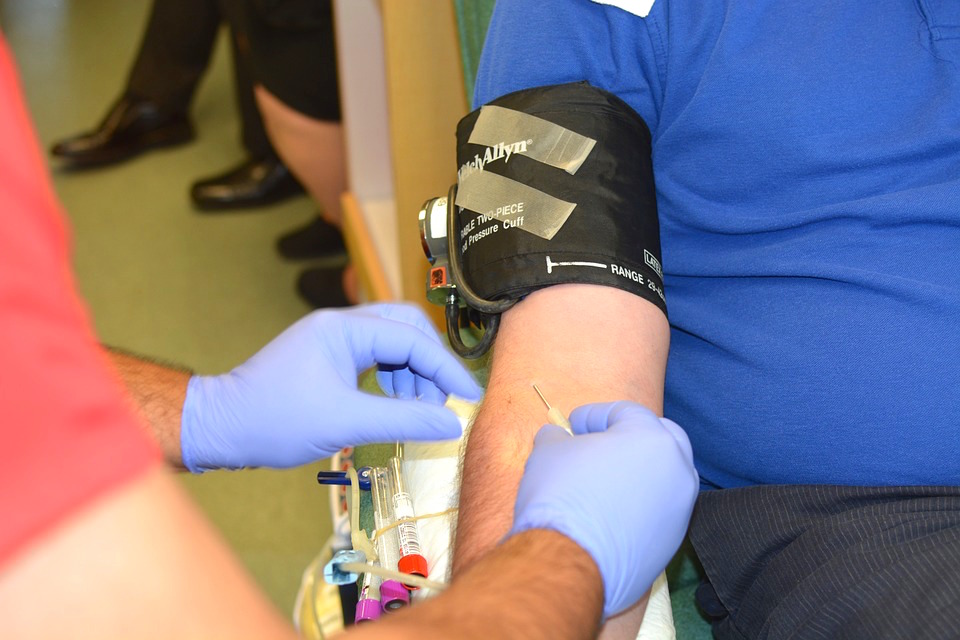
According to studies, out of the average 37 percent of people who are able to donate, less than 10 percent of them actually roll up their sleeves to do so.
They also claim that if every eligible donor gave three times a year, the event of a blood shortage would be rare. As it is, it happens about twice a year, particularly around the holidays.
In fact, Community Blood Center claims that "if only one more percent of all Americans would give blood, blood shortages would disappear for the foreseeable future."
2. They Might Uncover An Unknown Diagnosis

Every donation undergoes 13 tests, 11 of which are for infectious diseases such as HIV, hepatitis B and C, and syphilis. If any of the tests are positive, the facility will inform you of the diagnosis you might have otherwise been unaware of until it was too late.
You also receive a mini-physical before the donation process that includes checking your blood pressure and iron levels.
3. It Can Take Over A Month To Replenish Your Cells
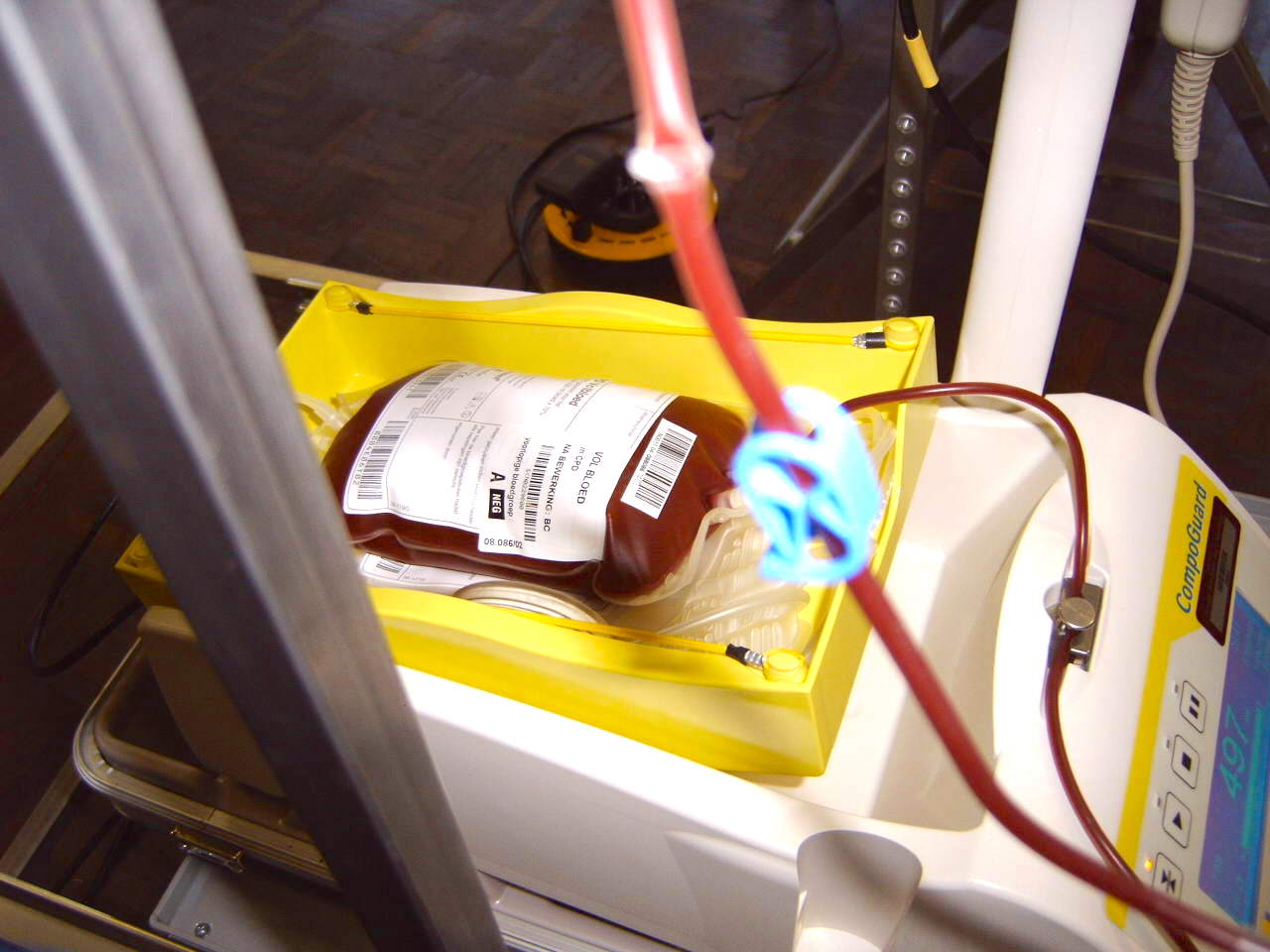
Though plasma replaces itself in just about a day or so, your red blood cells can take four to six weeks before they're fully replenished.
The iron you lose could take even longer (up to eight weeks) to get back to its previous level, which is why experts advise against donating whole blood before 56 days have passed since your last procedure.
4. You Should Eat A Good Meal Before You Go

This might seem like a no-brainer, but it's important to make sure you're chowing down on a meal that isn't too fatty, which can interfere with the facility's ability to test your blood. That means no hamburgers and ice cream!
Instead, boost your iron levels with enriched foods like spinach, beans, or red meat.
5. Avoid Aspirin For Two Days Ahead Of Time

You don't have to worry about this when donating whole blood, but if you're donating platelets, the chemicals in the medicine impair their ability to function properly.
If you're donating platelets in New York, you'll have to wait three days after the last time you took aspirin.
6. There Is Someone In Need Every Two Seconds

As the Red Cross explains, there have probably been plenty of folks in need of a transfusion in just the time it's taken you to read this far in the article. There are roughly 36,000 units of red blood cells needed for patients on an average daily basis.
7. Donating Is Good For Your Heart
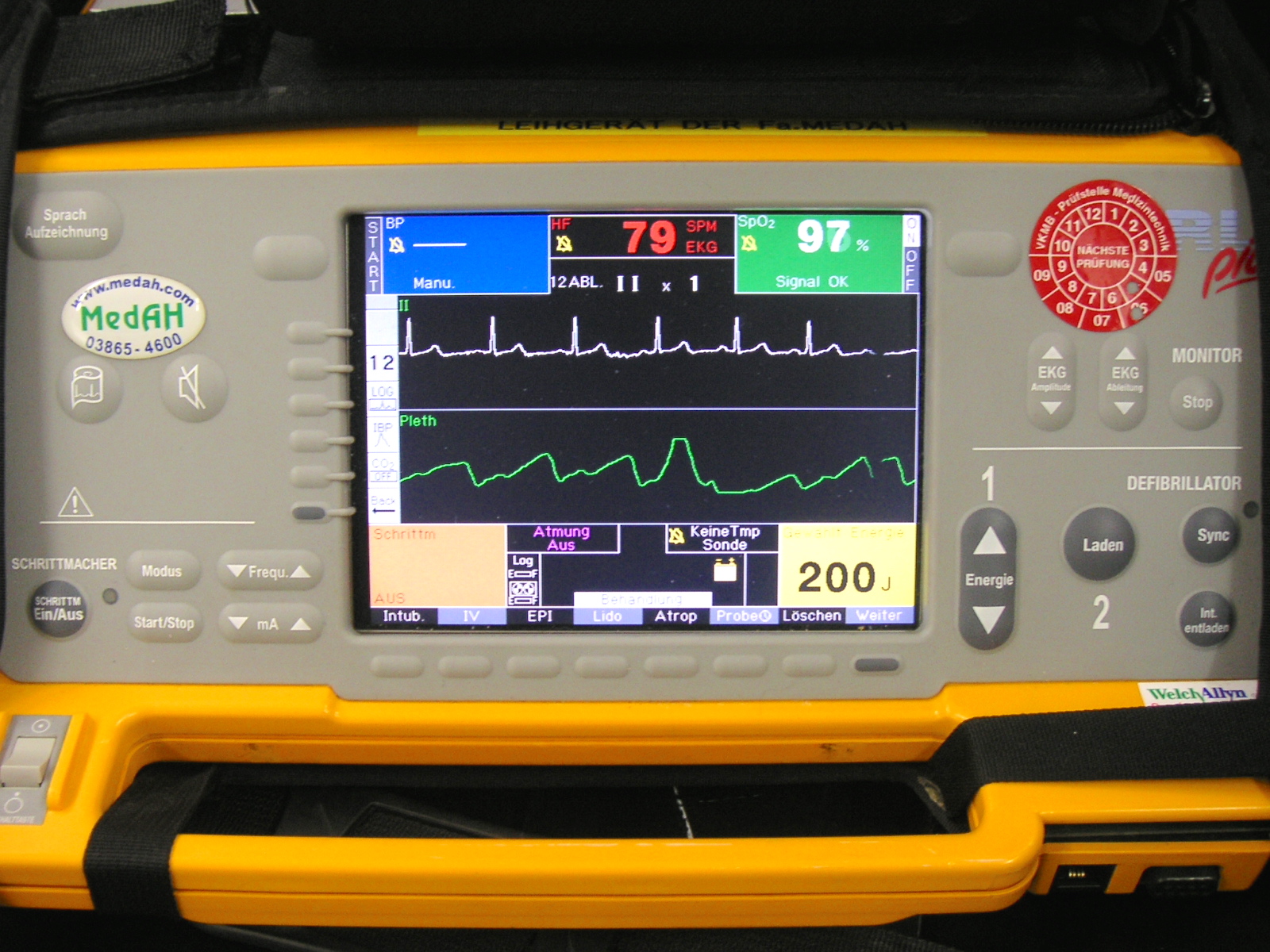
Regular donation can reduce the risk of a sudden heart attack by 88 percent as your body creates new, strong red blood cells and reduces overall viscosity.
8. Donating Burns A Ton Of Calories

In the 10 minutes you spend lying back and donating, you're also burning about 650 calories, roughly the equivalent of a 30-minute workout at the gym!
9. It's Not Just Trauma Patients Who Need The Blood
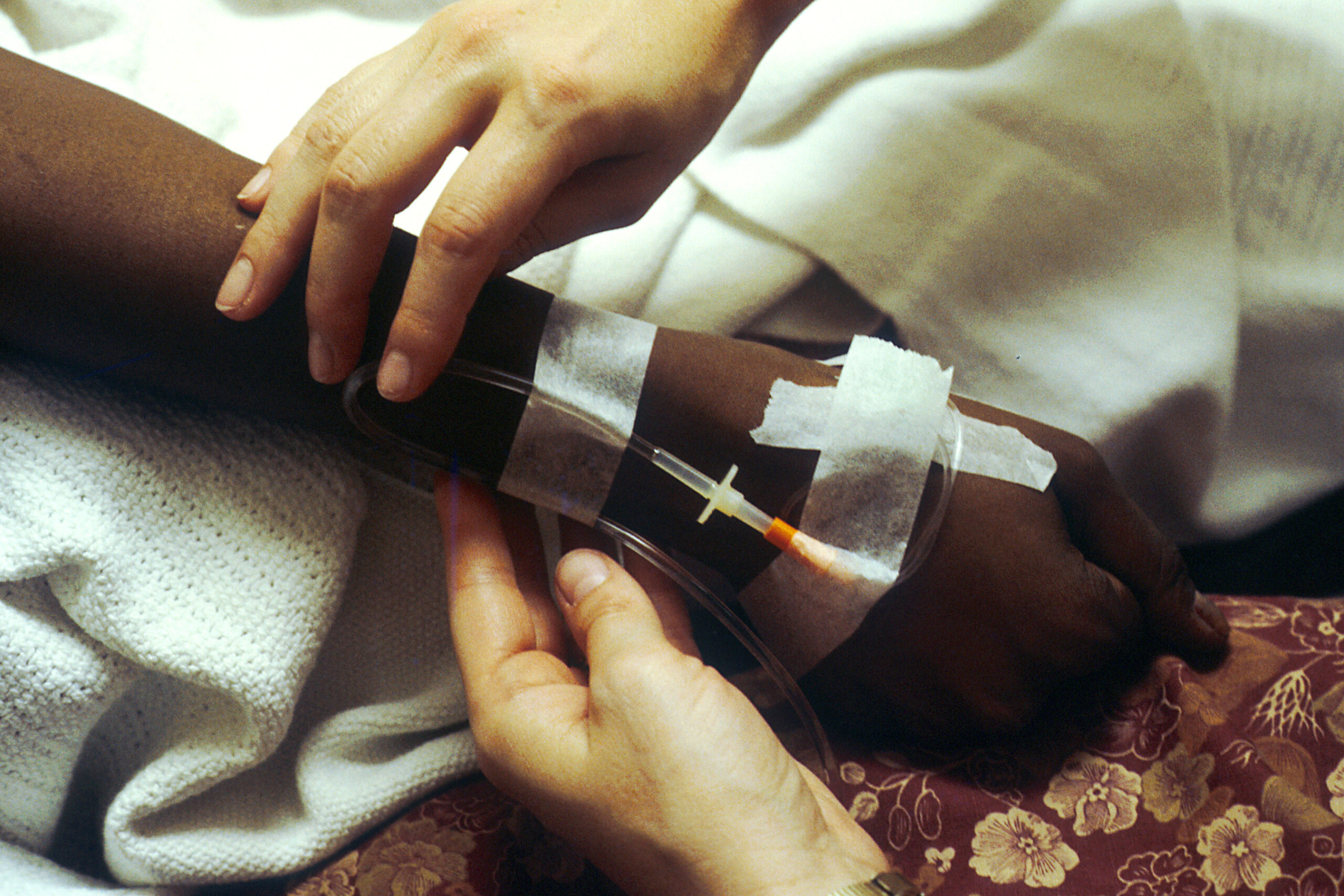
In fact, most of the blood that gets donated is used for cancer patients, anemia treatments, and blood loss in surgery.
10. The Universal Types Are Also The Ones In Short Supply
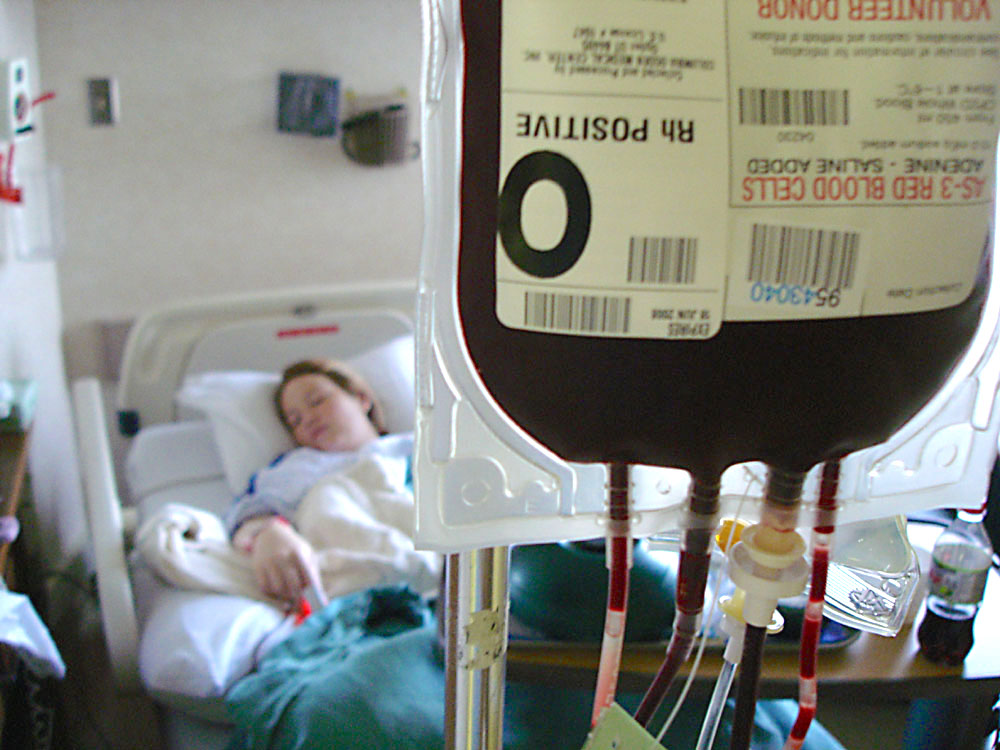
Whole O-negative blood and AB-positive platelets can be given to any patient regardless of their own type. However, these are usually in short supply.
11. Most Of Us Will Need A Transfusion At Some Point
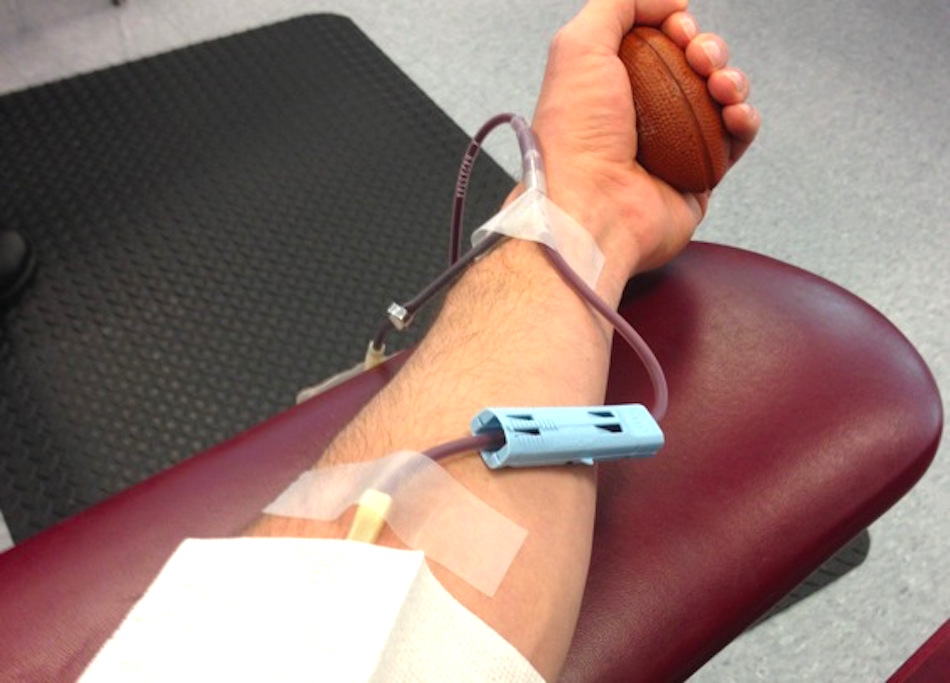
According to the LifeServe Blood Center, an average of 90 percent of people who live to the age of 72 will need at least one whole blood or other blood product transfusion in their lifetime.
Did we miss any other important facts people should know about blood donation? Tell us in the comments, and be sure to SHARE with your friends!




